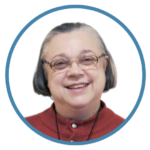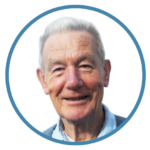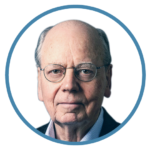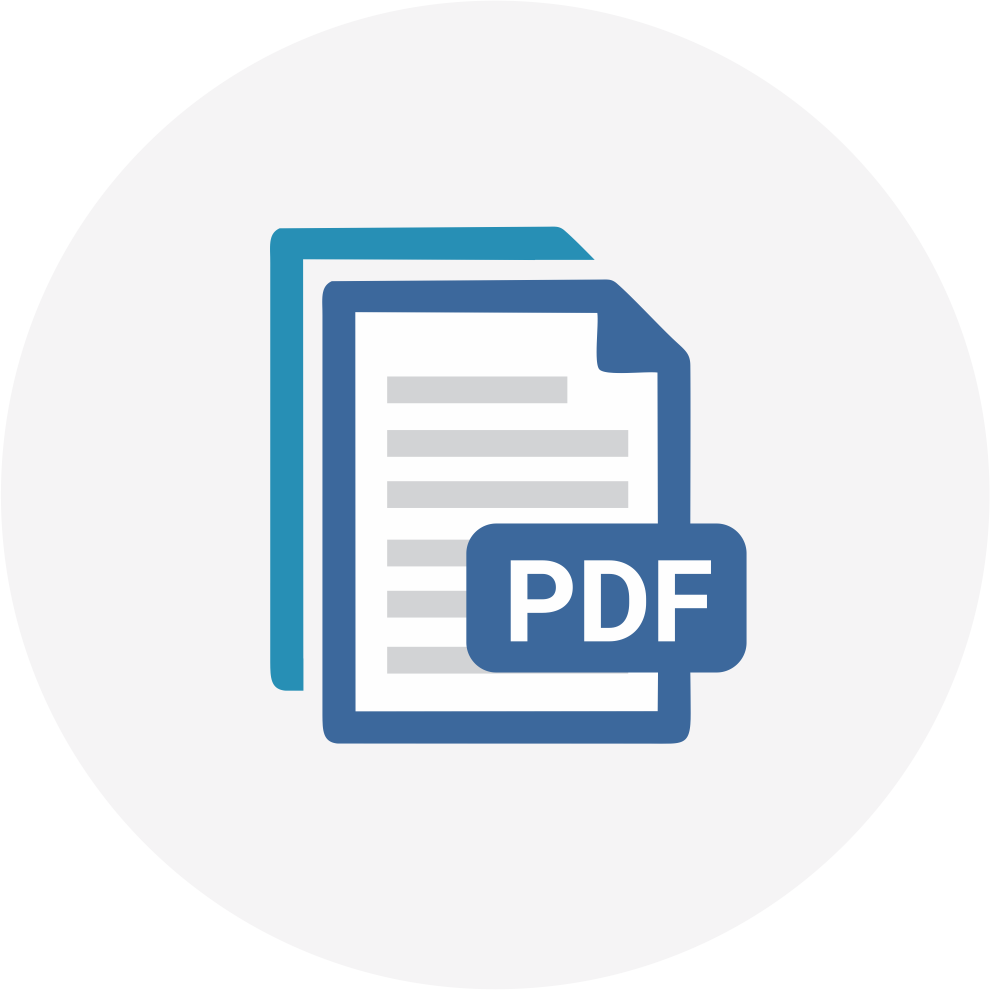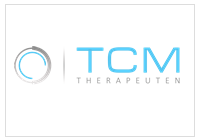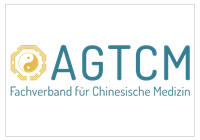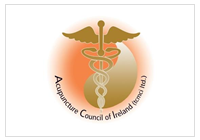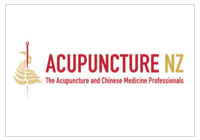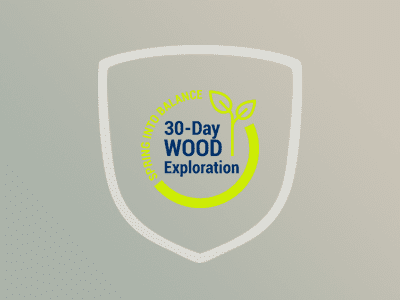Introduction to Extraordinary Acupoints (including TEA, MTA and PHA)
What you will learn
- Study the history of Extraordinary Acupoints and what Extraordinary Acupoints are and when they can be used
- Get an introduction to Master Tung’s Acupuncture (MTA) and Pingheng Acupuncture (PHA)
- Apply examples of clinically widely and effectively used traditional EA, MTA and PHA
- Ling Gu (灵骨) Magic Bone, Da Bai (大白) Big White (MTA)
- Xian San Huang 下三皇 Lower Three Emperors
- Jing Tong 頸痛 Neck Pain (PHA)
- Tou Tong 头痛 Headache, PHA
- Die E 蝶额 Sphenopalatine (TEA)
Course Overview
Extraordinary Acupoints (EA) are defined as acupuncture points that have a specific location and indication but are not included in the nomenclature system of the 14 channels (12 primary channels, Du Mai and Ren Mai). I believe all acupuncturists use some of the traditional EA, among which Yin Tang, Tai Yang, An Mian and Si Shen Cong might be the most popular.
Master Tung’s Acupuncture (MTA) was initially a closely guarded oral tradition that was exclusively passed down within the Tung’ family. Master Tung broke this tradition and published the first textbook, Dong Shi Zhen Jiu Zheng Jing Qi Xue Xue. Since then, Master Tung’s acupoints system has gained a tremendous amount of momentum and popularity. It is currently one of the most sought after and highly esteemed schools of acupuncture, characterized by its simplicity, ease of use, and great clinical efficacy.
Pingheng Acupuncture (PHA) is a modern acupoint system invented by Prof. Wang Wenyuan in the 1980s. It contains only 38 points, including external body pain points, internal organ pain points, and non-pain points. PHA was first popularized in military health care services. Thanks to its fast effectiveness, requirements of few needles (mostly only one needle), convenience and safety, PHA has gained attraction from doctors all around China, not only in general hospitals in big cities but also in primary clinics in remote distant areas. Now it is a common and well-known acupuncture approach to treat patients, especially those who suffer pain, mental disorders, and chronic illness.
One might say, that there are already enough standard acupoints (361 in total) on the 14 channels, why do we need more? Because EA are characterized by a fast and straight effect on certain conditions.
This course is approved by:
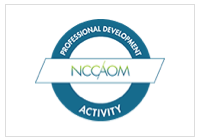
1.5 AOM AC
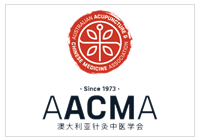
1.25 CPD
Course Reviews:
So informative and clear.
So informative and clear. This has now inspired me to take the full Master Tung course. Thank you
Response from TCM Academy
That’s excellent to hear.
Do tell us with whom you take the course.
I didn’t know,
I didn’t know, there are so many extra ordinary points ( till I bought Dr. Zangs Atlas ;). Together now with this webinar in which short videos are shown, I become more enthousiast to use these points.
Very Good
Very Good
Submit Review:
You must be logged in to submit a review.
Course Content
About the Teacher

